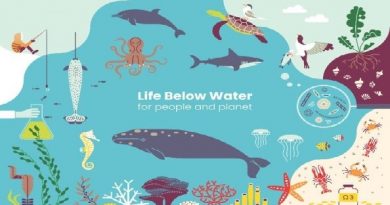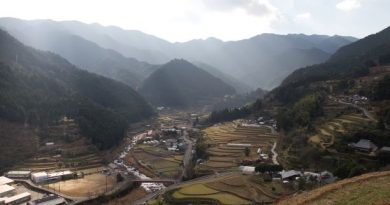5 lakes that did not survive urbanization in India
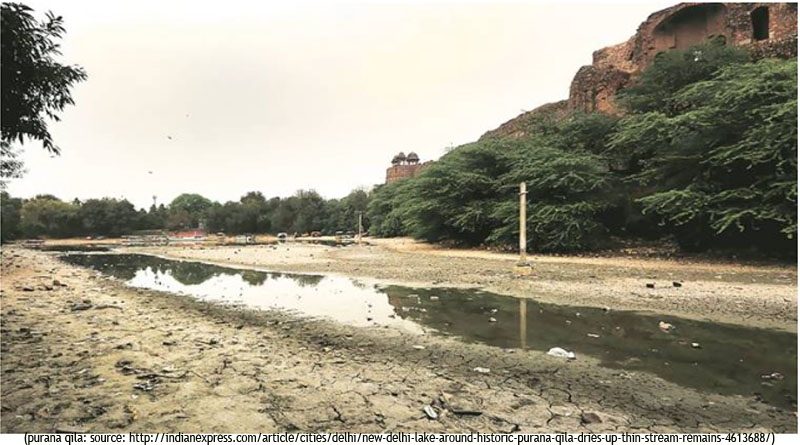
Among many other resources, the cost of ubanisation almost always falls on the water bodies surrounding the area. This World Water Day special showcases 5 lakes from around India that have succumbed to the pressures of climate change and human intervention. That is indeed a tragedy, as lakes, more than anything else could do with more local awareness and support for them, considering the vital role they play in maintaining a region’s ecosystem, including water table and more.
Badkhal Lake
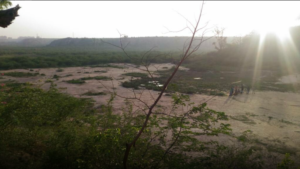
Situated on the outskirts of Delhi (Faridabad), this lake that was once spread over 40 acres, has now been reduced to a dried up path of vegetation. The Lake was once a major attraction and retreat for the people living nearby. It has been dry for almost 15 years now and shows no signs of revival. The Badkhal Lake was dependent on rains and a nearby water source in the Baniya Khan area of the Aravalli’s. However, continued mining and stone crushing around the Aravalli’s disrupted the source’s flow. This combined with the scarce rainfall caused the lake to dry up.
Koramangala Lake
Kempe Gowda I famously called Bangalore “the city of a thousand lakes”. The city boasted of 400 lakes in the early 20th century, which was reduced to 285 in the 1970s and is less than 17 now (this figure shows healthy lakes). So what happened to the city with a thousand lakes? The increased encroachment of the land by land mafia compounded by the legalization of the land encroachment by local government has led to the disappearance of these lakes. The rapid fall in the city’s water table also has a big hand in it. One such famous lake to dry up is the Koramangala Lake, once spread over 17acres has now been converted into a football stadium and other residential/commercial complexes.
Purana Qila Lake

Delhi’s iconic lake dating back to the 1520s dried up last year. In a classic “passing the buck” situation between various government agencies the lake was left to fend for itself in Delhi’s burning temperatures. Earlier the Yamuna used to feed the lake however, since the Yamuna migrated to the east the lake’s primary source of water was the groundwater beneath it. Although, with the water table almost gone, no stable source was left to feed the lake. The government’s lack of responsibility has made Delhi lose a valuable water body.
Raviryala Lake
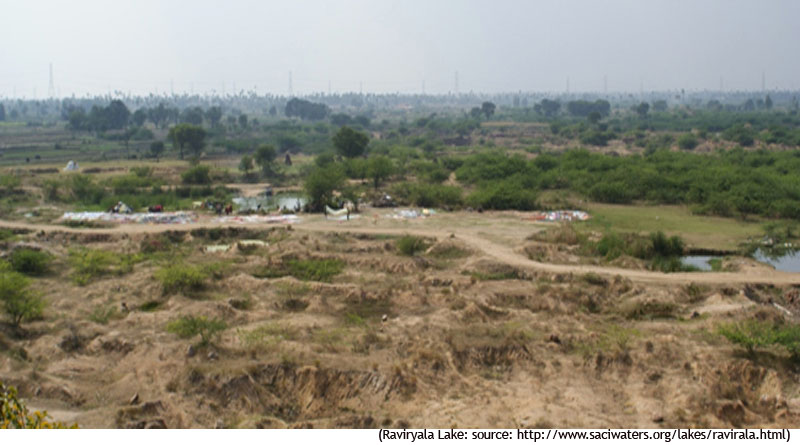
The Raviryala Lake is situated approximately 40 Km from Hyderabad. The lake once served as a vital source of irrigation for four villages. It has now been dry for almost 8-10 years. The rapid rate of infrastructural development and excessive mining in the area have massively contributed to the lake’s current situation. The extensive deforestation around the lake and its land being used as garbage dumping ground caused further degradation of the lake. With lake’s water table severely low it hard to believe that this was once a thriving source of fresh water for hundreds of people.
Charkop Lake
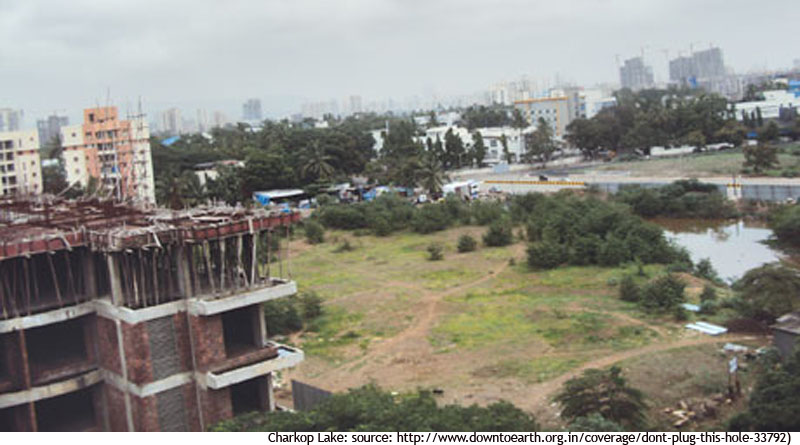
Charkop Lake in Kandivali district of Mumbai was once a 4.5 acre wetlands, now is but a mere shadow of it’s past. The 60-year-old lake has less than 20% of water left in it. The lake has dried up due to systematic encroachment and land filling by illegal predators. The lake’s current state has been reduced to a dumping ground, containing more plastic than anything else.
![]()
Published on: Mar 26, 2018

